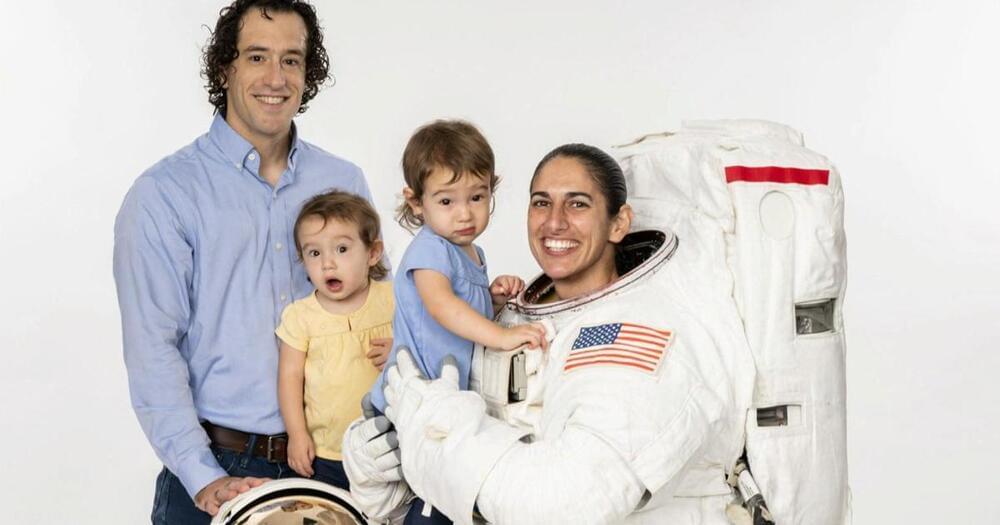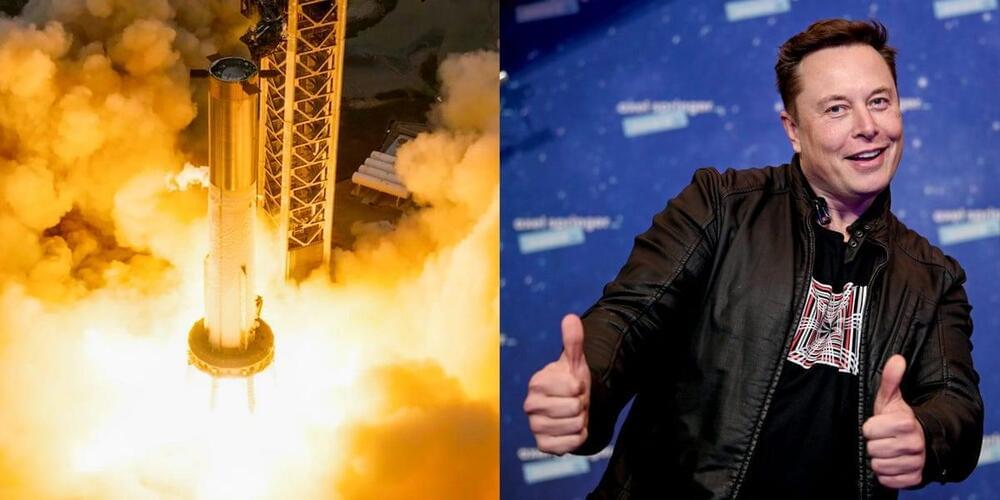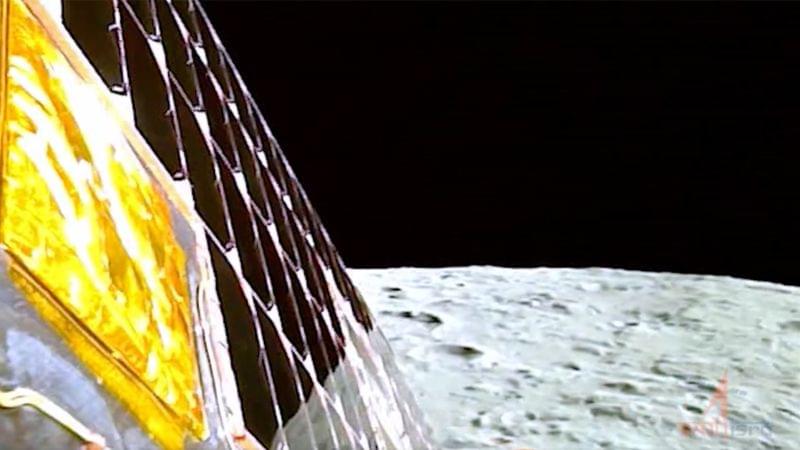For the first time, Rocket Lab reused one of its Rutherford engines, marking an important step in the road to reusability.
Rocket Lab launched an Electron rocket with a pre-flown Rutherford engine for the first time yesterday, August 23.
The company has experimented with a mid-air helicopter retrieval method, though it has settled on plucking boosters out of the ocean after a parachute-assisted splashdown.




